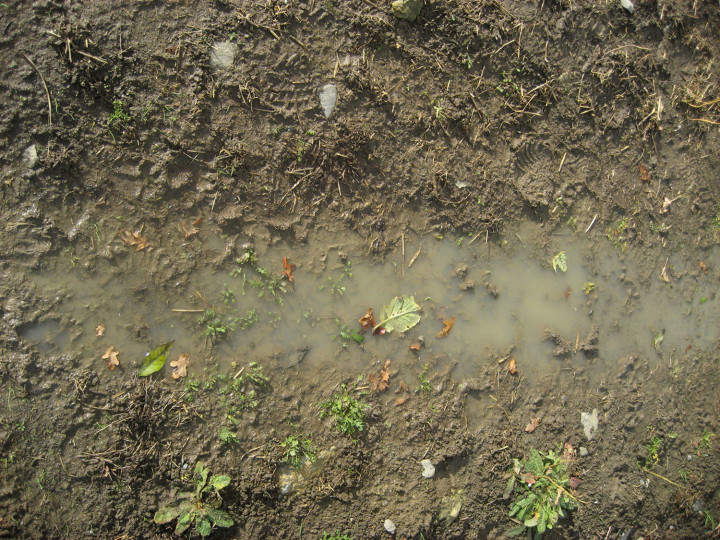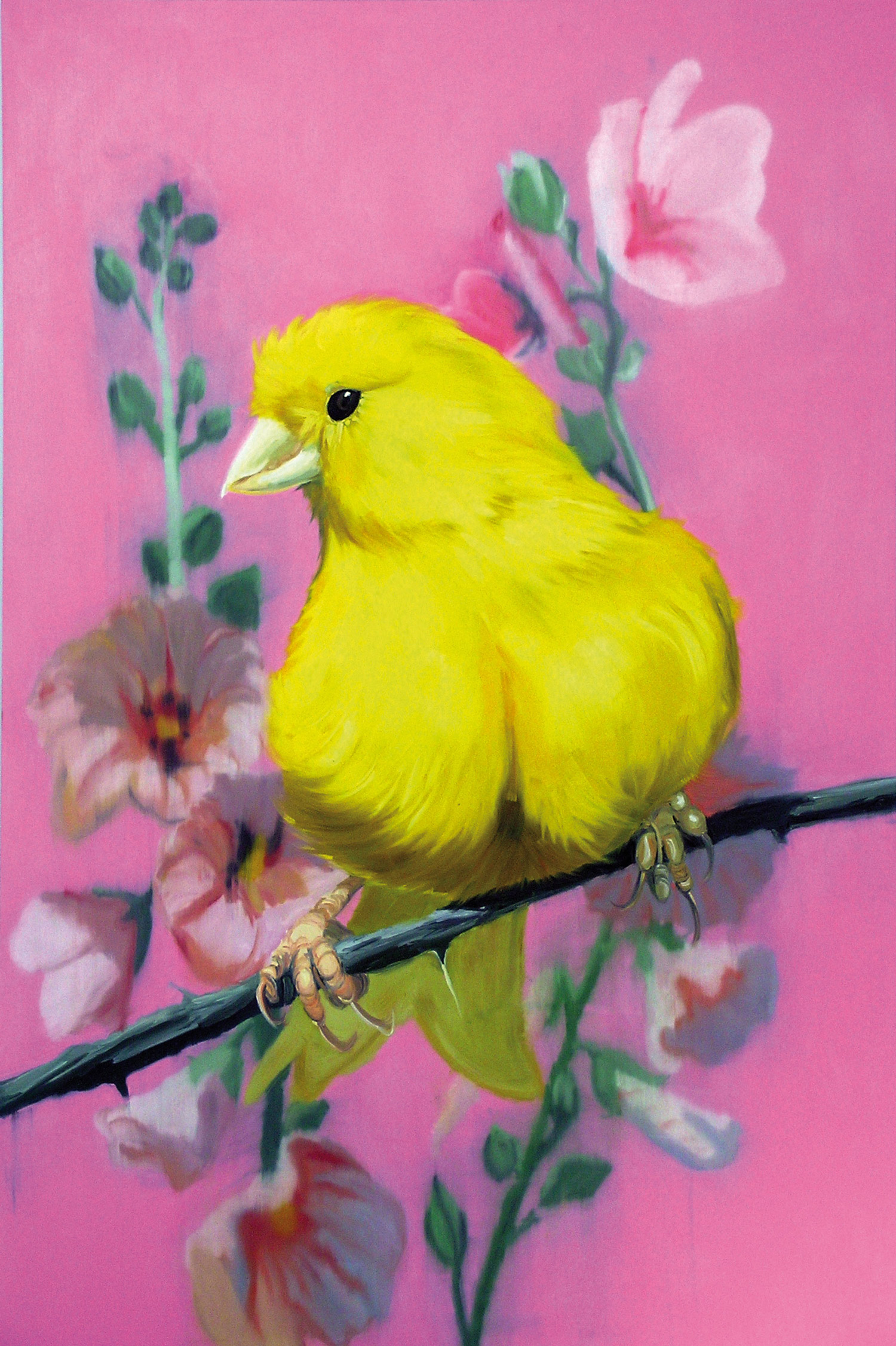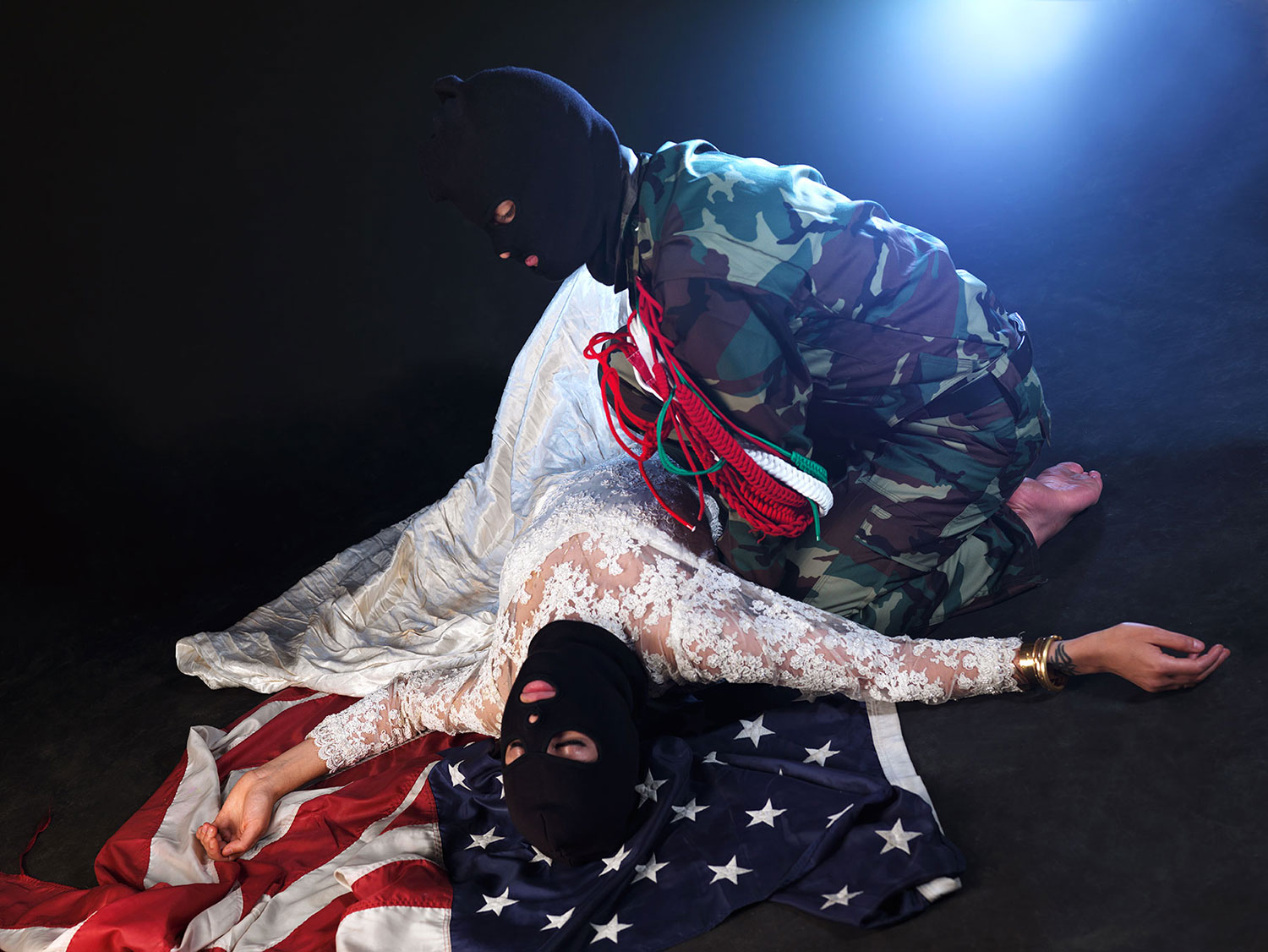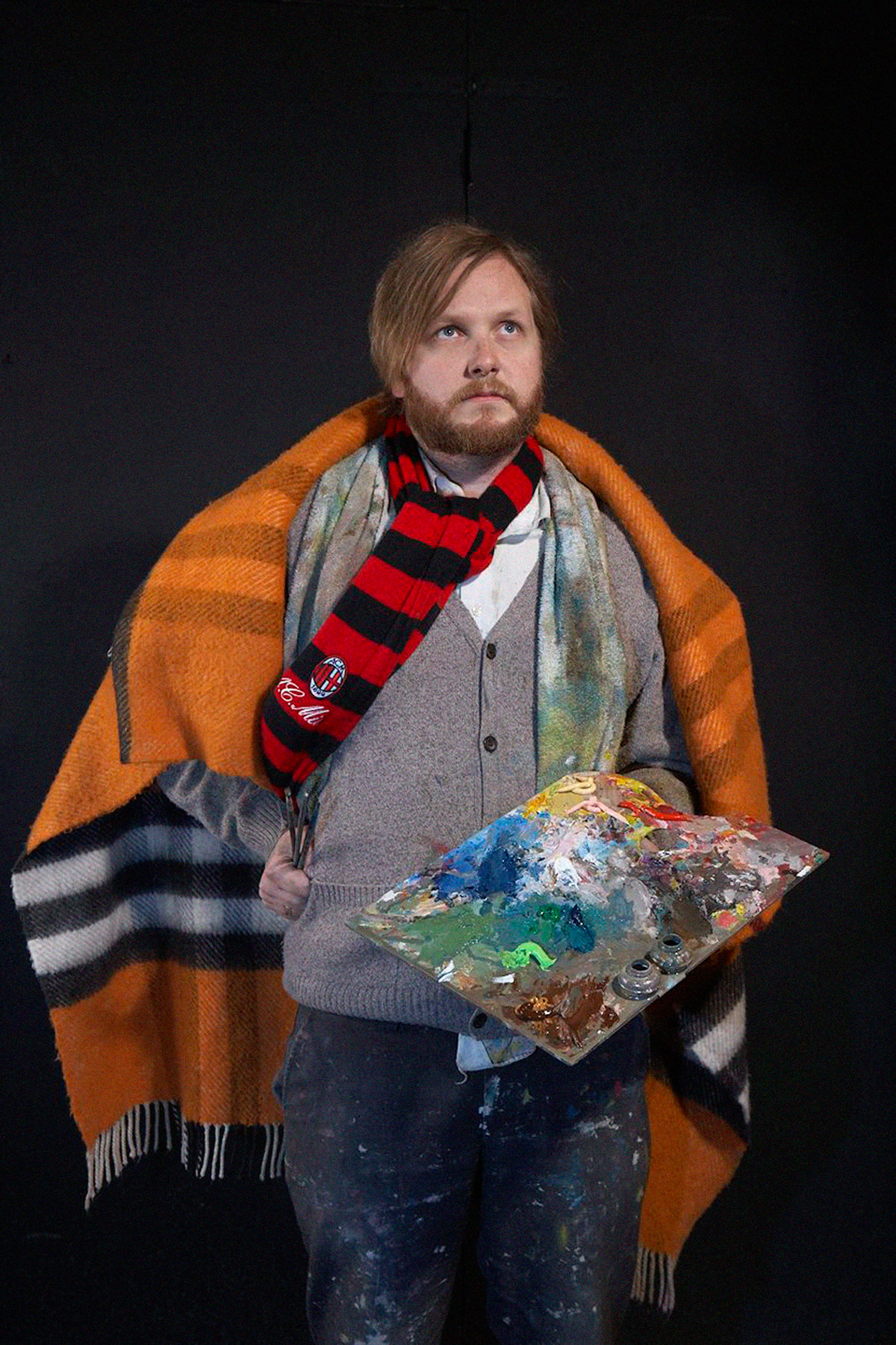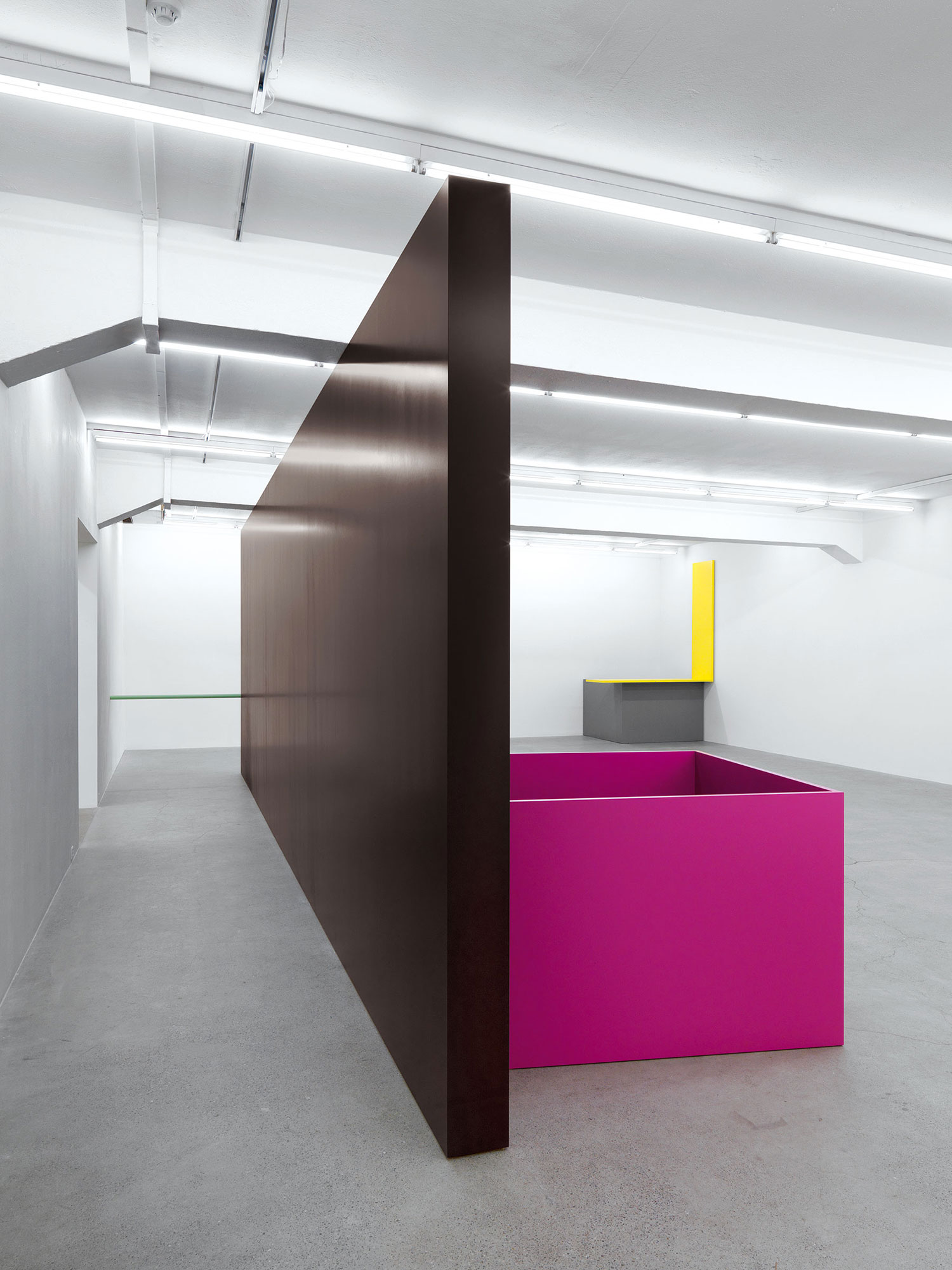
Sarah McCrory: How did you prepare your show at Limoncello?
Matthew Smith: I’ve hit a point where things need to be refreshed. One of the obvious changes is that I’m using images in the work, which is something I’ve never really done before. The way I work is that I’m always looking for some kind of methodology. Ultimately, I always want the work to be completely open, and not fraught by connections that could mislead the viewer.
SMC: Are you trying not to let the works allude to anything directly?
MS: Well, for example, the table works — Semi-Comfortable (2008), 6 wooden tables with fitted gray cotton cloth covers — I always found it really difficult that they seemed to be staged, to appear to be in use.
SMC: There seemed to be a narrative…
MS: Yes. And I didn’t want them to work like that. I don’t want there to be a story — they need to be viewed at face value, in the here and now. More and more I think that the idea of ‘face value’ could be particularly pertinent to sculpture.
SMC: There’s a kind of vicious circle there, the more open the work is and the less you give away, the more open to interpretation it actually is.
MS: Maybe the changes are that I’m learning to counter these issues. I recently read a text by Shahin Afrassiabi who talks about the work in some way “undoing the symbolic structure of reality,” and I’m interested in that idea, that the aim of the work is to define a kind of resistant space.

SMC: So, how will you address this in the new work?
MS: Trying to avoid the kind of idealism that I felt had begun to seep into the work. One of the new works stems from a collection of images. I’ve been photographing mud, the ground, all around London and other places.
SMC: Would you say that there’s a moment of slippage between having an idea of what it’ll look like and the realization that it isn’t what you’ve imagined — is that part of what interests you?
MS: I’ve always been interested in the idea that mental images don’t really exist. The world always seems to look very different to how I thought, and this is something I feel I’m constantly having to learn over and over. Collecting these images is interesting to me as I am forcing myself to record only what’s there, to let go of any preconceptions I might have had.
SMC: Many of your works are constructed from apparently very simple components but, ultimately, they are inherently much more complex…
MS: In this work I’m allowing the images to not have a greater meaning. It’s not about a story, it’s about what exists in the moment you look at them and how the work plays out over the series of different images. I’ve been to Epping Forest, to Hampstead Heath, and to various places in Somerset. I was initially taking the images close up, perhaps looking for a sense of composition, but realized I needed to contextualize them by panning out, including some of the surroundings.
SMC: Are you opening it up further?
MS: Yes, I want them to have an uncertainty. This show will be a departure — I’m trying to feel for the boundaries.

